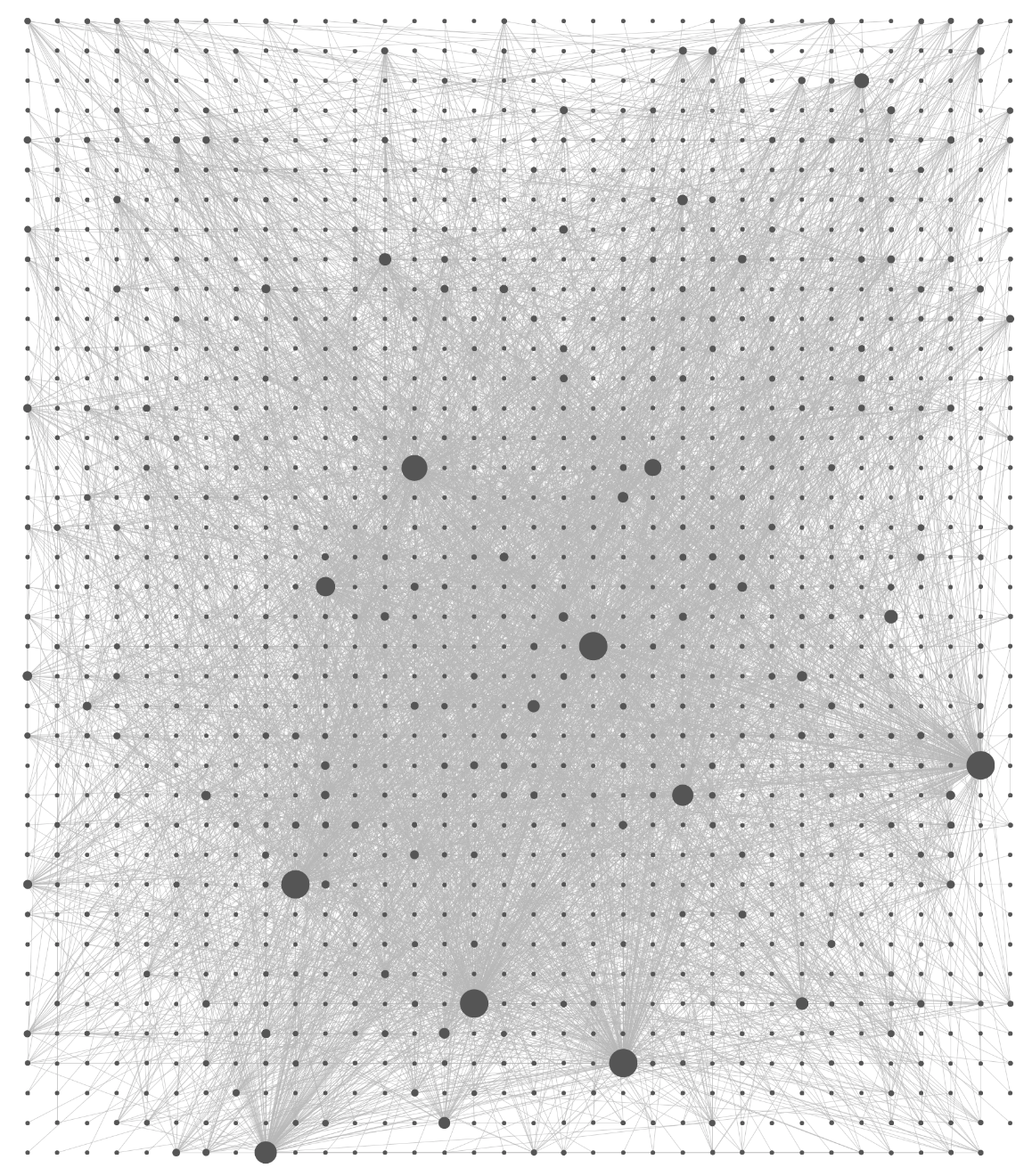Roam Research
I rely a lot on writing to organize my thoughts and make decisions. In the past, I used Evernote and created a note for each day. I ended up with around 3,500 notes and while I got some value out of it, I would never go back to read any of it. The information in there seem essentially lost.
About a year ago, I started using Roam Research and have found a lot of value in it. The idea of Roam is that you mostly work from a daily page, similar to how I was using Evernote. However, Roam allows you to have bi-directional links. You might write about Project A. But instead of having a note or folder for that and putting your ideas in there, you simply add that as a link in the daily page and indent underneath that. Roam then automatically generates a page for Project A, which show all the other locations where it is referenced.
The effect of this is that you can just write and the structure arises organically. Information can also be linked to and appear in different places at the same time. So let's say, Project A is related to Bitcoin. You don't have to choose whether to put your idea in one note or the other. It will naturally be linked to in both places.

A great advantage of Roam is that it is very flexible. You can use it to journal, track habits, manage projects, as a CRM, and so on.
The biggest downside of Roam is that it is very personal and doesn't seem that well suited for collaboration. I write about things related to Chorus One, but as a company we are not using Roam. So anything that arises from that, I then have to copy / edit and put in another place if I want to share it with the team.
That being said, Roam Research use their own software to run their company. So it is possible for a team to use a Roam database and collaborate that way. I don't understand what that looks like in practice and whether it works well. But I think if I started a collaborative project from scratch, I would probably try to do it all in Roam.
In the future, I also think that the combination of AI and Roam could be powerful. The information in Roam is very stream of consciousness like. A machine learning algorithm could at some point get great insights out of that and it could serve as a an interface between your own thoughts and a personal AI support system. (A bit like a lower tech version of Neuralink.)
Random blog posts by Brian Crain Newsletter
Join the newsletter to receive the latest updates in your inbox.
